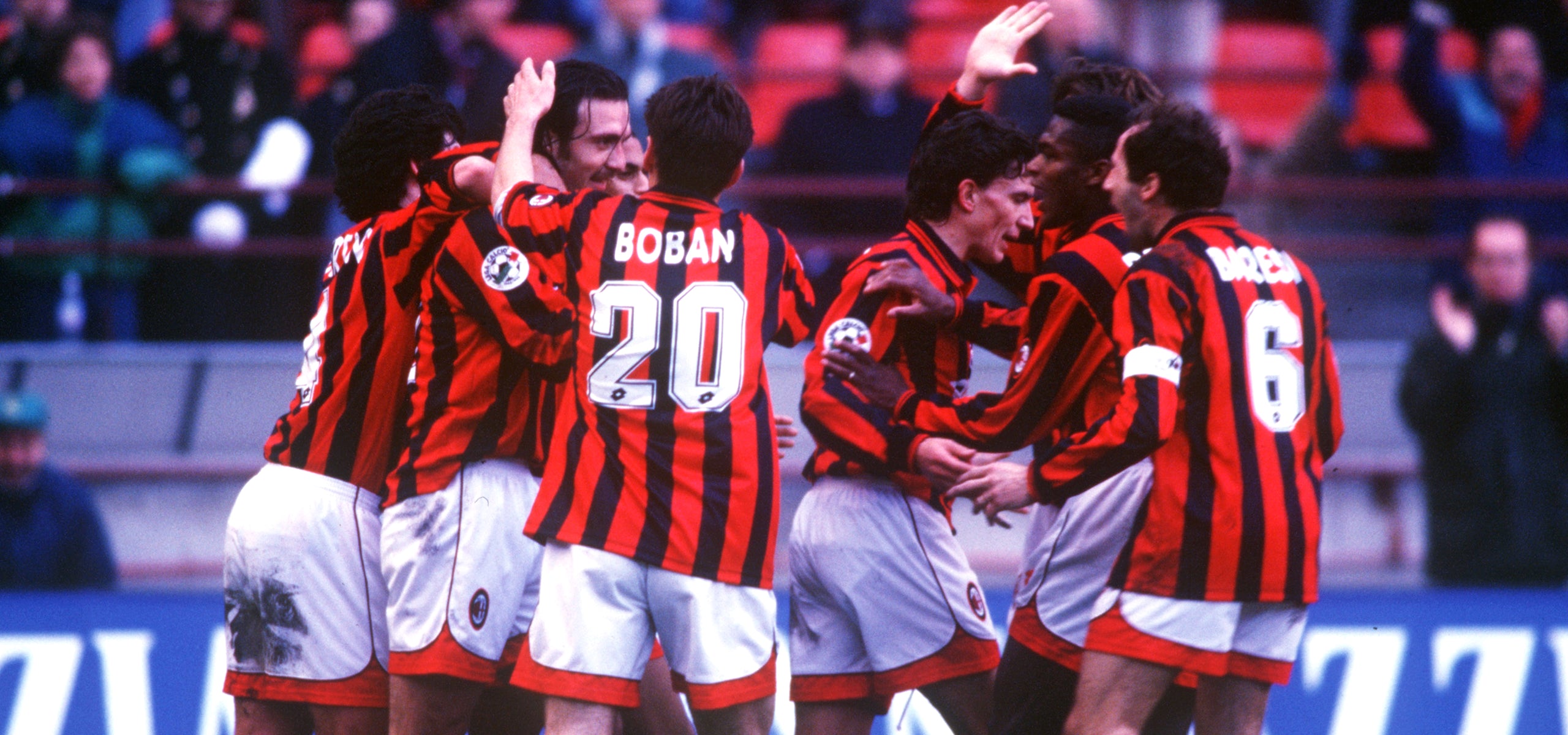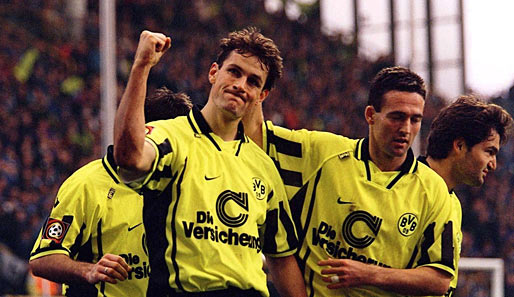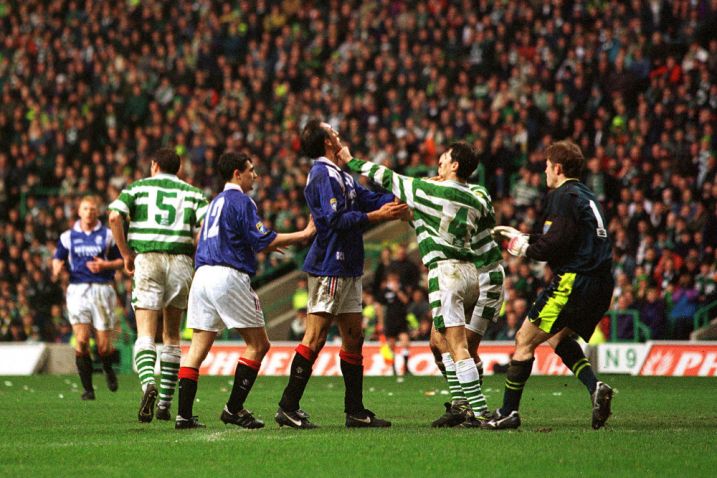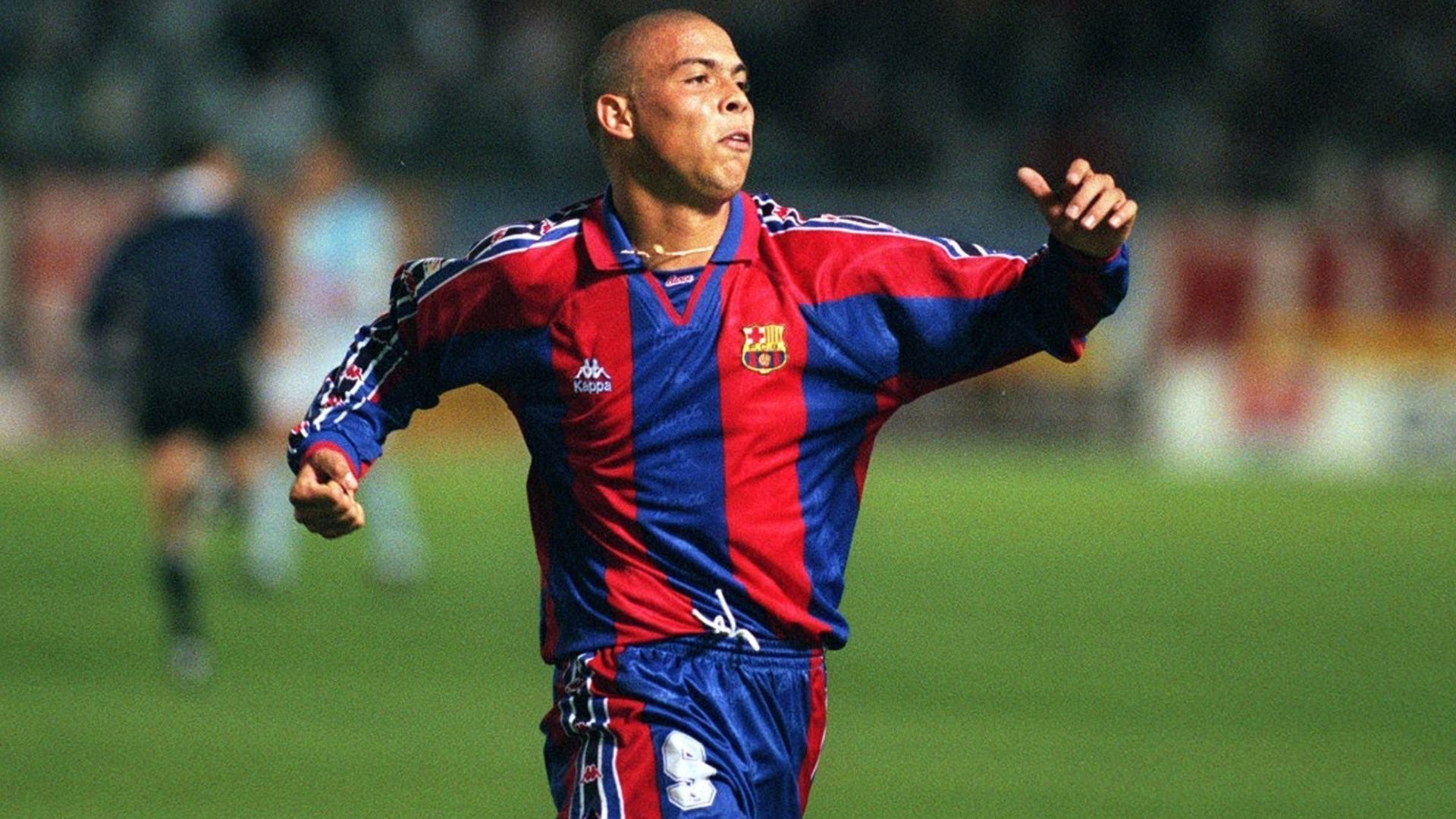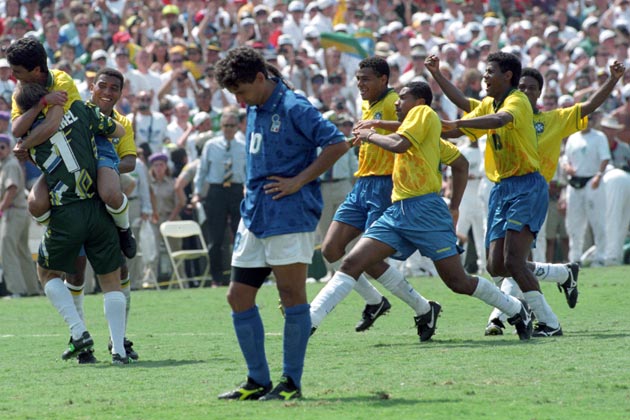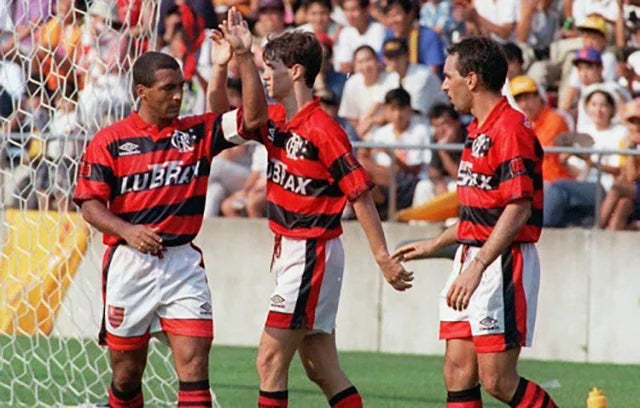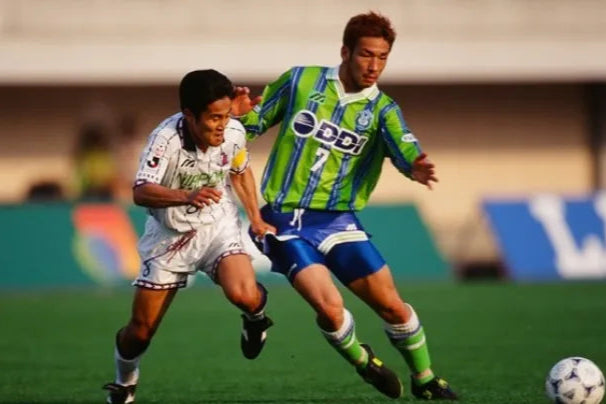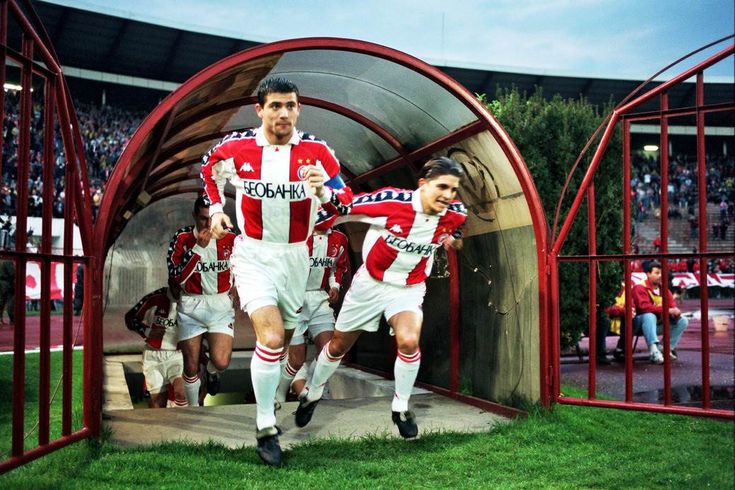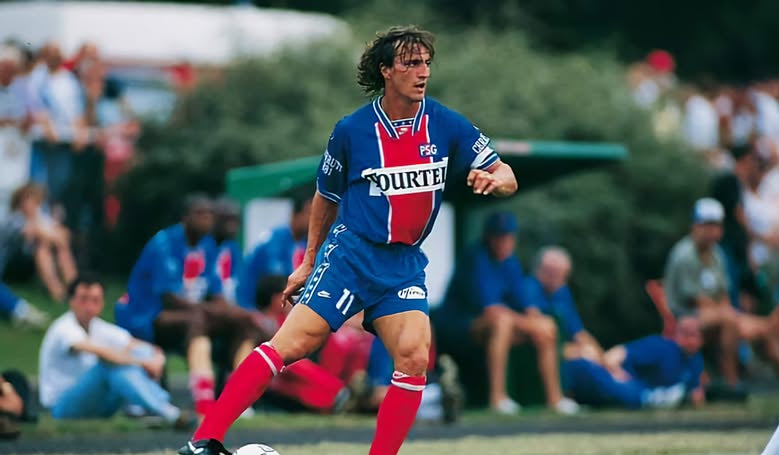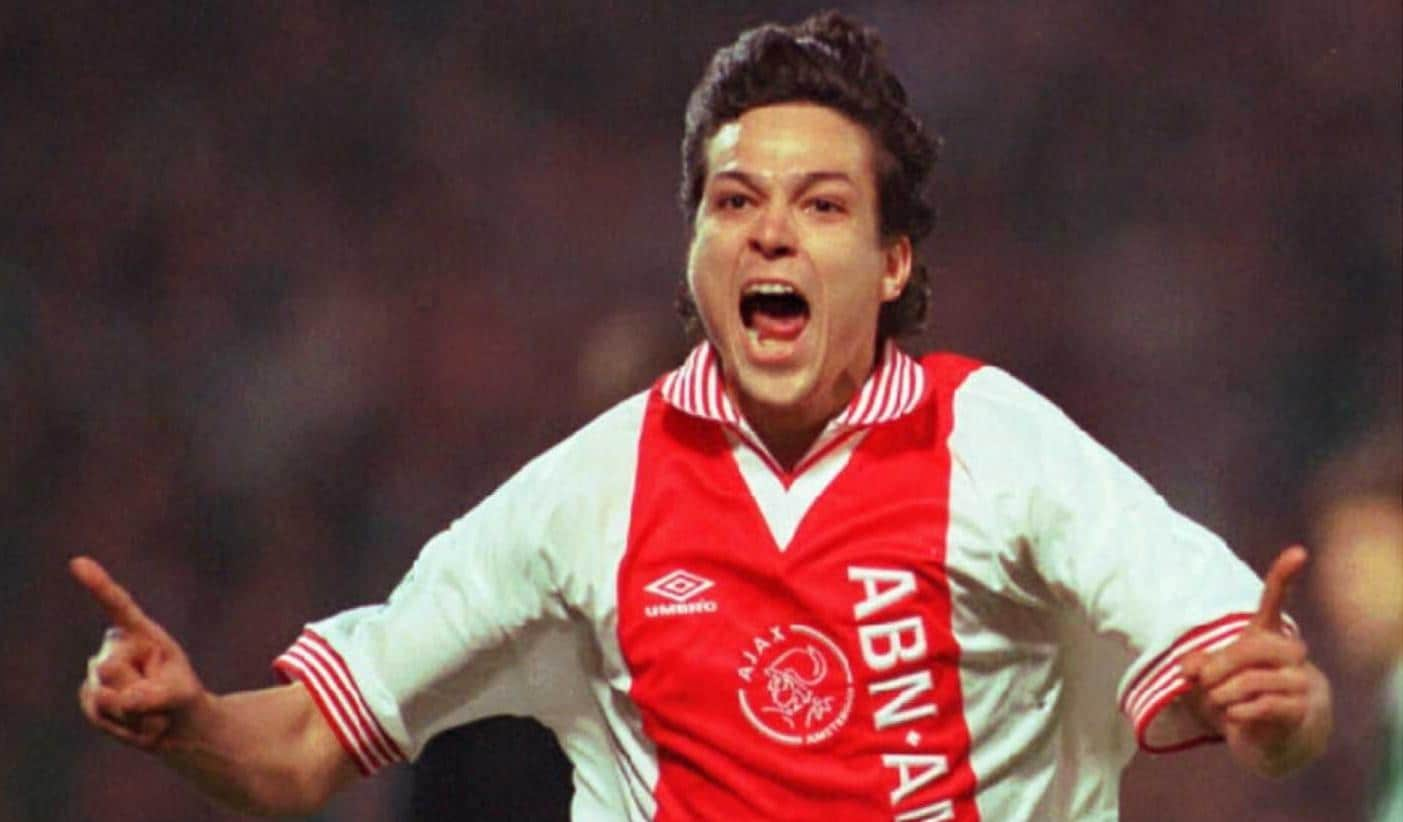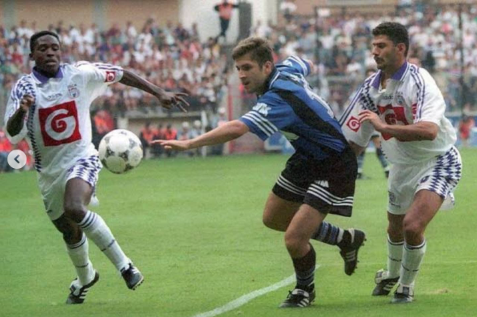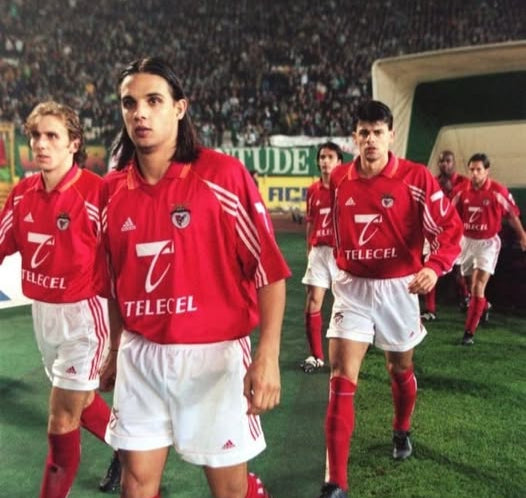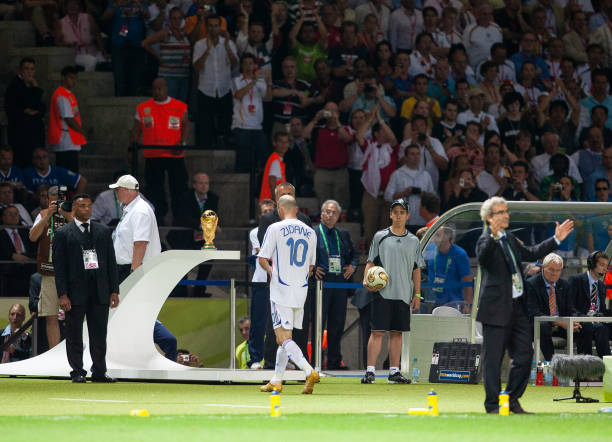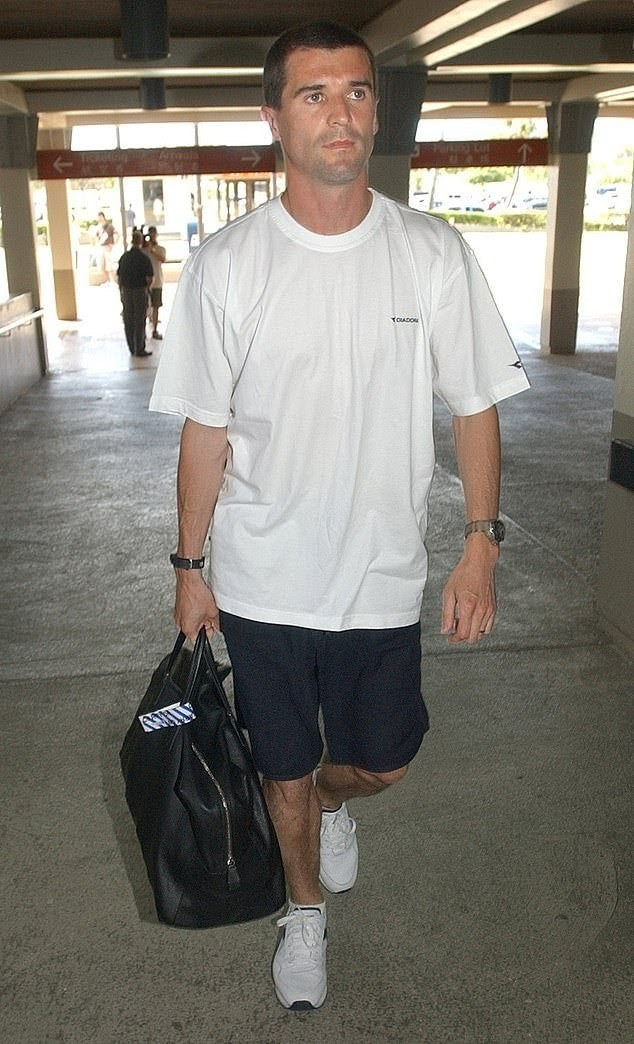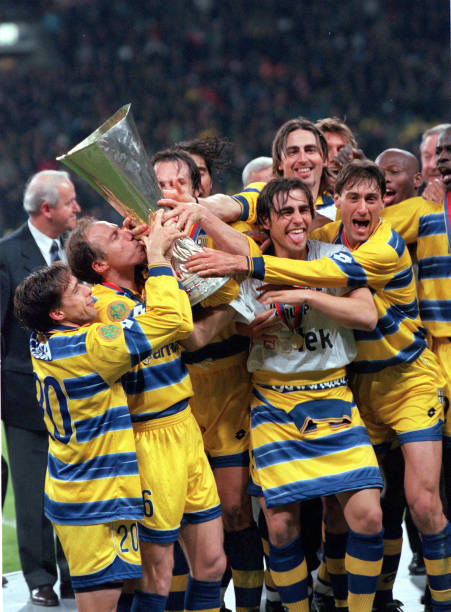
What if... Parma hadn’t gone bankrupt?
Parma were never meant to matter. A small Emilia-Romagna town more famous for ham and cheese than football, they only joined Serie A in 1990. Yet by the end of that decade they were a continental force. Buffon in goal, Cannavaro at the back, Thuram striding forward, Verón pulling strings, Crespo finishing ruthlessly. They beat AC Milan to the Supercoppa, they battered Marseille in a UEFA Cup final, they collected Coppa Italias like postage stamps. For a moment, the Gialloblu were proof that Italy’s dominance was not the sole preserve of the giants of Milan, Turin and Rome.

But the rise was inseparable from Parmalat, the dairy conglomerate who bankrolled the club. When Parmalat collapsed in 2003 in one of Europe’s largest financial scandals, Parma collapsed with it. The glory years became a memory, and by 2015 bankruptcy finally dragged them out of Serie A altogether.
So what if it hadn’t happened? What if Parmalat had stayed afloat, or if Parma had found new ownership in time?
The squad they built in the 1990s was no fluke. Their scouting network was cutting-edge, identifying undervalued talent across South America and Eastern Europe before others even looked. They gave Gianluigi Buffon his debut, bought Hernán Crespo from River Plate, plucked Hristo Stoichkov from Barcelona. With stable backing, Parma could have become the natural challenger to Juve’s dominance in the 2000s. Imagine a Serie A era where instead of the “seven sisters” gradually fading, Parma became the eighth giant, outlasting Lazio’s boom-and-bust and Fiorentina’s stumbles.

Financial muscle would have meant keeping their stars longer. Buffon and Thuram may never have been forced into Juve shirts. Crespo might have remained in Parma yellow through his peak, forming lethal partnerships with Adriano and Gilardino. The Tardini could have been expanded into a modern arena, transforming Parma from a provincial miracle into a permanent powerhouse.

European football might look different too. That early-2000s UEFA Cup dominance could have shifted into regular Champions League campaigns. Picture a Parma side at the peak of Italian defensive nous, with Buffon behind Cannavaro, matched against the galácticos of Real Madrid, or testing themselves against Ferguson’s Manchester United. They would not have matched Milan’s seven European Cups, but a Champions League run, even a final, would have been plausible.
And in the long term? Italian football has always been about cycles. Roma, Napoli, Lazio - they flare up and fade away. Parma could have been the ones to break that cycle, to turn a miracle decade into a legacy. A stable Parma, still sitting at the top table in the 2010s, would have made Serie A’s resurgence even richer. Instead of a duopoly of Juve and the Milan clubs, perhaps we’d be speaking of a “Big Four” in Italy, with Parma at the heart of it.

Instead, the Tardini remains a place of nostalgia. A ground where fans still sing about Asprilla’s overhead kicks and Crespo’s goals, while the club continues its long, winding return to relevance. But the question lingers, what if Parma hadn’t gone bankrupt? We might have been talking about them today not as a romantic underdog, but as a European giant.


